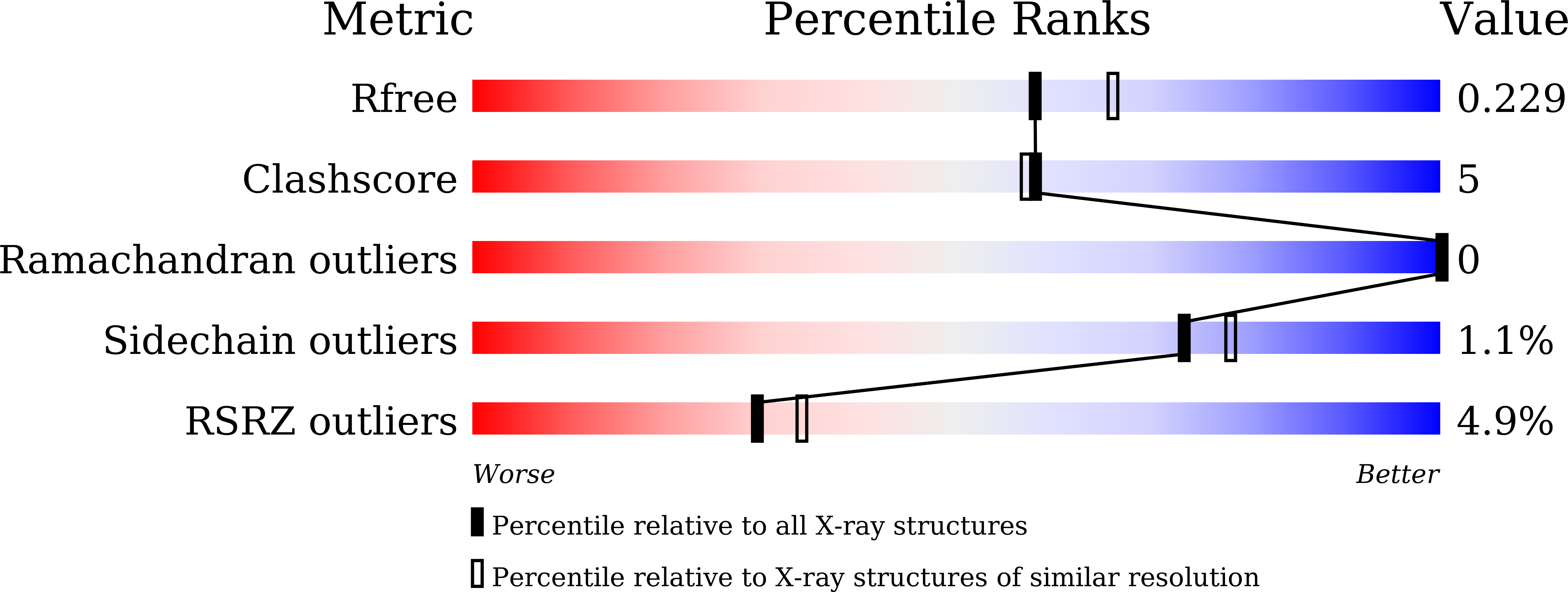
Deposition Date
2020-07-22
Release Date
2021-01-06
Last Version Date
2023-11-29
Entry Detail
PDB ID:
7CLT
Keywords:
Title:
Crystal structure of the EFhd1/Swiprosin-2, a mitochondrial actin-binding protein
Biological Source:
Source Organism:
Mus musculus (Taxon ID: 10090)
Host Organism:
Method Details:
Experimental Method:
Resolution:
2.07 Å
R-Value Free:
0.22
R-Value Work:
0.20
R-Value Observed:
0.20
Space Group:
P 21 21 21


